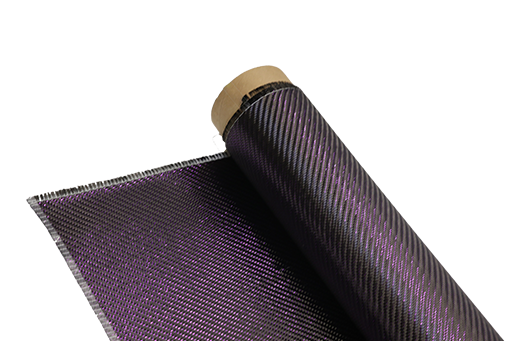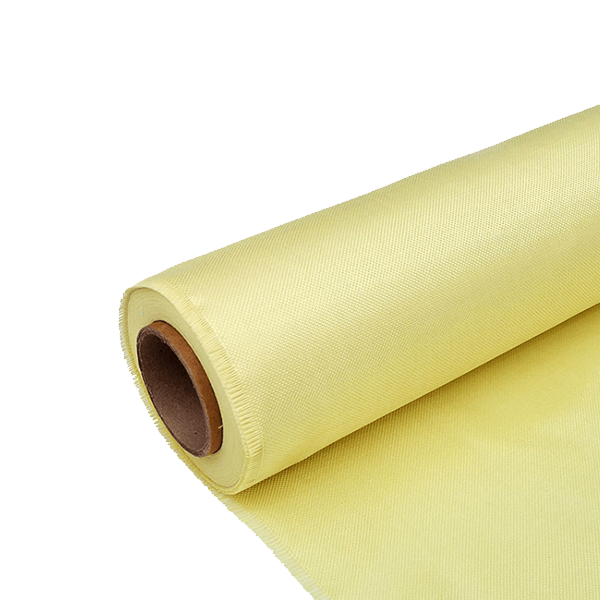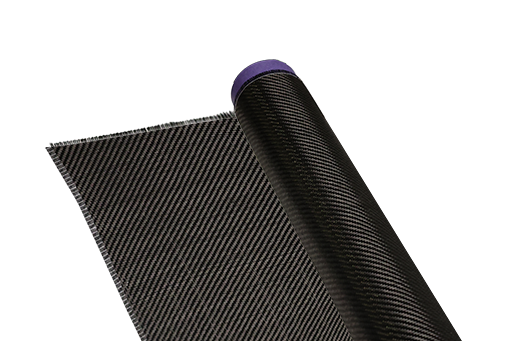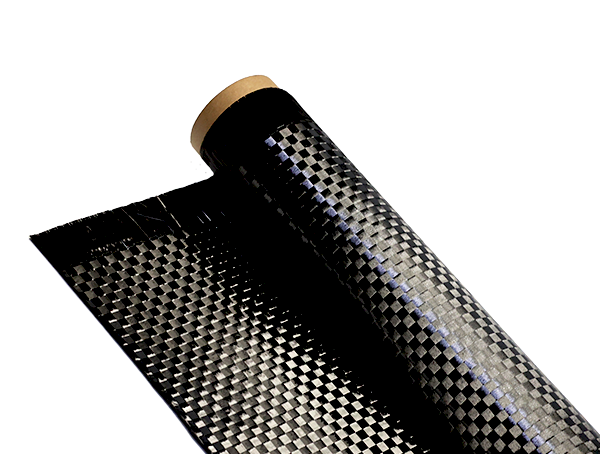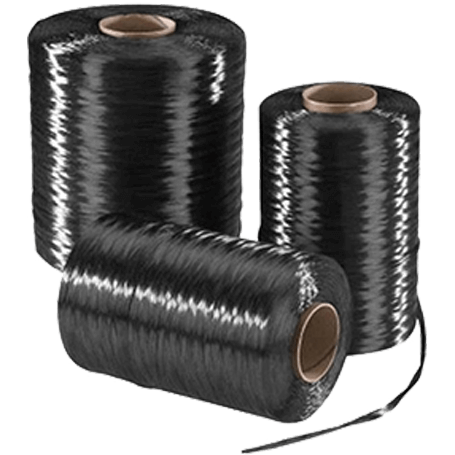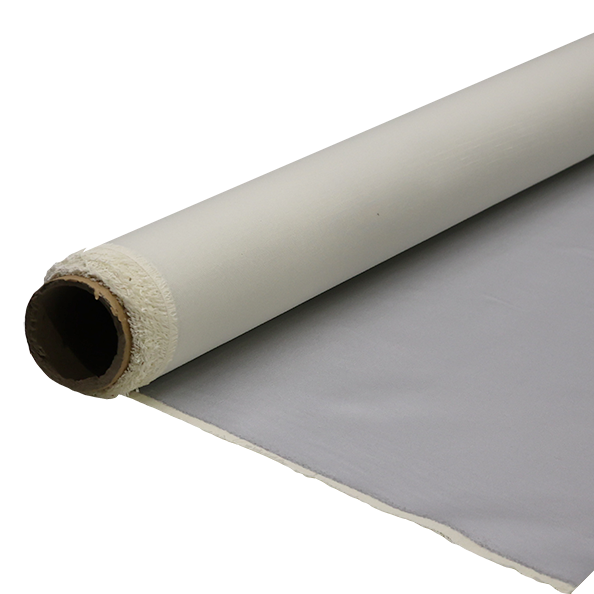Carbon Fiber Suppliers Struggle With Rising Raw Material Costs
-
Table of Contents
“Navigating the Challenge: Carbon Fiber Suppliers Face Rising Raw Material Costs.”
The carbon fiber industry is currently facing significant challenges due to escalating raw material costs, which are impacting suppliers and manufacturers alike. As demand for carbon fiber continues to grow across various sectors, including aerospace, automotive, and sports equipment, the rising prices of key raw materials such as polyacrylonitrile (PAN) and other precursors are squeezing profit margins. This situation is further complicated by supply chain disruptions and geopolitical factors that affect material availability. As suppliers navigate these economic pressures, they are forced to explore innovative solutions, optimize production processes, and potentially pass on costs to consumers, all while striving to maintain competitiveness in a rapidly evolving market.
Impact of Rising Raw Material Costs on Carbon Fiber Production
The carbon fiber industry is currently facing significant challenges due to the rising costs of raw materials, which are essential for the production of this advanced composite material. As demand for carbon fiber continues to grow across various sectors, including aerospace, automotive, and sporting goods, the impact of these escalating costs becomes increasingly pronounced. The intricate relationship between raw material prices and production costs is critical to understanding the broader implications for manufacturers and end-users alike.
To begin with, the primary raw materials used in carbon fiber production are polyacrylonitrile (PAN) and petroleum pitch. Both of these materials have seen price increases due to various factors, including fluctuations in crude oil prices, supply chain disruptions, and geopolitical tensions. As a result, manufacturers are grappling with higher input costs, which inevitably translate into increased prices for carbon fiber products. This situation poses a dilemma for producers who must balance the need to maintain profitability while remaining competitive in a market that is sensitive to price changes.
Moreover, the rising costs of raw materials have a cascading effect on the entire supply chain. For instance, as carbon fiber prices rise, downstream manufacturers who rely on this material for their products may face increased production costs. This scenario can lead to a ripple effect, where the final consumer ultimately bears the burden of these price hikes. Consequently, industries that depend heavily on carbon fiber, such as automotive and aerospace, may experience delays in production schedules or even reconsider their material choices, potentially opting for alternatives that may not offer the same performance characteristics.
In addition to the direct financial implications, the rising costs of raw materials also pose challenges in terms of innovation and research and development. Companies may find themselves constrained in their ability to invest in new technologies or processes that could enhance the efficiency of carbon fiber production. This stagnation can hinder advancements that are crucial for improving the material’s properties or reducing its environmental impact. As sustainability becomes an increasingly important consideration for consumers and regulators alike, the inability to innovate could place manufacturers at a competitive disadvantage.
Furthermore, the volatility of raw material prices can lead to uncertainty in long-term contracts and pricing agreements. Suppliers may be hesitant to commit to fixed pricing structures, fearing that future price increases could erode their margins. This uncertainty can complicate relationships between suppliers and manufacturers, as both parties navigate the complexities of fluctuating costs. In some cases, manufacturers may seek to establish closer partnerships with raw material suppliers to secure more stable pricing, but this approach requires a level of trust and collaboration that may not always be feasible.
In conclusion, the rising costs of raw materials are having a profound impact on carbon fiber production, affecting everything from pricing strategies to innovation and supply chain dynamics. As the industry grapples with these challenges, it is essential for stakeholders to remain agile and responsive to market conditions. By fostering collaboration and exploring alternative materials or production methods, the carbon fiber sector can work towards mitigating the effects of rising raw material costs. Ultimately, addressing these challenges will be crucial for sustaining growth and ensuring the continued advancement of carbon fiber technology in various applications.
Strategies for Carbon Fiber Suppliers to Mitigate Cost Increases
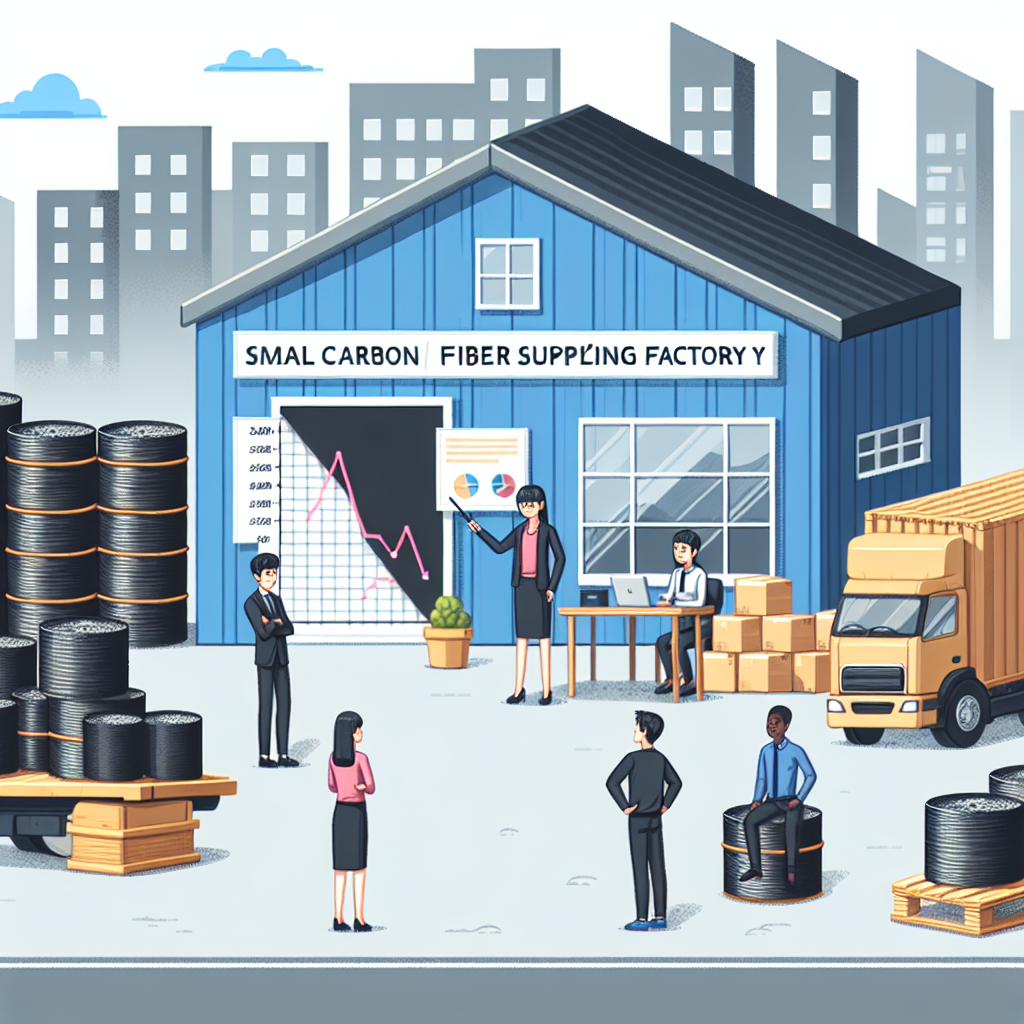
As the demand for carbon fiber continues to rise across various industries, suppliers are increasingly confronted with the challenge of escalating raw material costs. This situation not only threatens profit margins but also compels suppliers to reassess their operational strategies. To navigate these turbulent waters, carbon fiber suppliers can adopt several strategies aimed at mitigating the impact of rising costs while maintaining product quality and customer satisfaction.
One effective approach is to enhance supply chain management. By optimizing logistics and procurement processes, suppliers can reduce waste and improve efficiency. For instance, establishing long-term relationships with raw material providers can lead to more favorable pricing agreements and stable supply. Additionally, diversifying the supplier base can help mitigate risks associated with price volatility. By sourcing materials from multiple suppliers, companies can avoid over-reliance on a single source, which can be particularly beneficial during periods of market instability.
Moreover, investing in research and development (R&D) can yield significant long-term benefits. By exploring alternative raw materials or innovative manufacturing techniques, suppliers can potentially lower production costs. For example, advancements in recycling technologies may allow suppliers to utilize reclaimed carbon fiber, thereby reducing dependence on virgin materials. Furthermore, developing new composite materials that incorporate carbon fiber in a more cost-effective manner can open new markets and applications, ultimately leading to increased revenue streams.
In addition to R&D, suppliers should consider implementing lean manufacturing principles. This methodology focuses on minimizing waste while maximizing productivity. By streamlining production processes, suppliers can reduce operational costs and improve overall efficiency. Techniques such as just-in-time inventory management can help minimize excess stock and associated carrying costs, allowing companies to respond more flexibly to market demands. Consequently, adopting lean practices not only aids in cost reduction but also enhances the overall competitiveness of suppliers in the carbon fiber market.
Another strategy involves leveraging technology to improve operational efficiency. Automation and advanced manufacturing technologies, such as additive manufacturing, can significantly reduce labor costs and increase production speed. By integrating smart technologies into their operations, suppliers can gain real-time insights into production processes, enabling them to identify inefficiencies and make data-driven decisions. This technological investment can lead to substantial cost savings over time, allowing suppliers to better absorb fluctuations in raw material prices.
Furthermore, suppliers should actively engage in market analysis to stay informed about trends and shifts in demand. By understanding market dynamics, suppliers can adjust their pricing strategies accordingly, ensuring they remain competitive while also protecting their profit margins. Additionally, fostering strong relationships with customers can lead to collaborative efforts in product development, allowing suppliers to tailor their offerings to meet specific needs while potentially commanding higher prices for specialized products.
Lastly, carbon fiber suppliers should consider exploring strategic partnerships or joint ventures. Collaborating with other companies can provide access to new technologies, markets, and resources, ultimately enhancing competitiveness. Such alliances can also facilitate shared investments in R&D, allowing suppliers to spread the financial burden associated with innovation.
In conclusion, while rising raw material costs present significant challenges for carbon fiber suppliers, a multifaceted approach that includes optimizing supply chain management, investing in R&D, implementing lean manufacturing principles, leveraging technology, engaging in market analysis, and exploring strategic partnerships can effectively mitigate these cost increases. By adopting these strategies, suppliers can not only navigate the current economic landscape but also position themselves for sustainable growth in the future.
Future Trends in Carbon Fiber Sourcing Amidst Price Fluctuations
As the demand for carbon fiber continues to rise across various industries, including aerospace, automotive, and sporting goods, suppliers are increasingly confronted with the challenge of managing rising raw material costs. This situation has prompted a reevaluation of sourcing strategies and has led to the exploration of future trends in carbon fiber procurement. Understanding these trends is essential for stakeholders aiming to navigate the complexities of the market effectively.
One significant trend is the growing emphasis on sustainability in sourcing practices. As environmental concerns become more pronounced, manufacturers are seeking to reduce their carbon footprint and enhance the sustainability of their supply chains. This shift is driving interest in bio-based carbon fibers and recycled materials, which not only mitigate the impact of raw material price fluctuations but also align with global sustainability goals. By investing in innovative materials that are derived from renewable resources or recycled products, suppliers can potentially stabilize costs while appealing to environmentally conscious consumers.
Moreover, technological advancements are playing a crucial role in shaping the future of carbon fiber sourcing. The development of new manufacturing processes, such as automated fiber placement and advanced weaving techniques, is enabling suppliers to produce carbon fiber more efficiently and at a lower cost. These innovations not only enhance production capabilities but also allow for greater flexibility in sourcing raw materials. As suppliers adopt these technologies, they can better respond to market demands and fluctuations in raw material prices, ultimately leading to more resilient supply chains.
In addition to technological advancements, the geopolitical landscape is influencing carbon fiber sourcing strategies. Trade policies, tariffs, and international relations can significantly impact the availability and cost of raw materials. As a result, suppliers are increasingly diversifying their sourcing locations to mitigate risks associated with geopolitical uncertainties. By establishing relationships with multiple suppliers across different regions, companies can create a more robust supply chain that is less vulnerable to disruptions caused by political or economic instability.
Furthermore, collaboration within the industry is becoming more prevalent as suppliers seek to address the challenges posed by rising raw material costs. Partnerships between manufacturers, suppliers, and research institutions are fostering innovation and knowledge sharing, which can lead to the development of alternative materials and more efficient production methods. This collaborative approach not only enhances the overall competitiveness of the carbon fiber market but also encourages the exploration of new sourcing strategies that can alleviate the pressure of fluctuating prices.
As the market evolves, it is also essential for suppliers to stay informed about emerging trends and consumer preferences. The increasing demand for lightweight, high-performance materials in various applications is driving innovation in carbon fiber products. Suppliers who can anticipate these trends and adapt their sourcing strategies accordingly will be better positioned to capitalize on new opportunities. By aligning their offerings with market demands, they can not only mitigate the impact of rising raw material costs but also enhance their market share.
In conclusion, the future of carbon fiber sourcing amidst rising raw material costs is characterized by a multifaceted approach that includes sustainability, technological innovation, geopolitical considerations, and industry collaboration. By embracing these trends, suppliers can navigate the complexities of the market more effectively, ensuring that they remain competitive while meeting the evolving needs of their customers. As the landscape continues to change, those who adapt and innovate will likely emerge as leaders in the carbon fiber industry.
Q&A
1. **Question:** What are the primary raw materials contributing to the rising costs for carbon fiber suppliers?
**Answer:** The primary raw materials include polyacrylonitrile (PAN), petroleum-based products, and various chemicals used in the production process.
2. **Question:** How are rising raw material costs impacting the pricing of carbon fiber products?
**Answer:** Rising raw material costs are leading to increased production expenses, which in turn are causing suppliers to raise the prices of carbon fiber products to maintain profit margins.
3. **Question:** What strategies are carbon fiber suppliers employing to mitigate the impact of rising raw material costs?
**Answer:** Suppliers are exploring alternative raw materials, investing in more efficient production technologies, and seeking long-term contracts with raw material providers to stabilize costs.Carbon fiber suppliers are facing significant challenges due to rising raw material costs, which are impacting their production expenses and profit margins. As the demand for carbon fiber continues to grow across various industries, including aerospace, automotive, and sports equipment, suppliers must navigate the complexities of fluctuating prices for key raw materials like polyacrylonitrile (PAN) and petroleum-based products. This situation may lead to increased prices for end products, potential supply chain disruptions, and a push for innovation in sourcing and manufacturing processes. Ultimately, the ability of carbon fiber suppliers to adapt to these rising costs will be crucial for maintaining competitiveness and meeting market demands.

